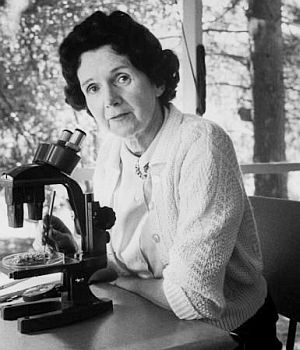Timeline of Animal Welfare Development
Pre-history
1) Burials of dead animals showed the importance of animals in their life.
- mummified cats in ancient Egypt
- dog buried like human in the cemetery
2) Many animals were involved in religions.
- in Buddhism animals should not be harmed
- cows are sacred animals in Hinduism
3) Animals were presented in ancient arts.
- cave paintings
- animal stone sculptures
More informations:
 |
| (Image taken from Enhebrando website) |
500 Before Common Era - The Greeks
1) Pythagoras
- believer in animism that animals have soul like human beings
- advocated a vegetarian lifestyle
2) Aristotle
- animals are below human because animals can't reason
- animals can be used without being treated like human
3) Emperor Ashoka
- established some of the first animal laws
- the fifth pillar of Ashoka stated a series of edicts
More informations:
0 - 1500s Common Era
1) Judeo-Christian ethics (the Bible)
- 26 Then God said, “Let us make mankind in our image, in our likeness, so that they may rule over the fish in the sea and the birds in the sky, over the livestock and all the wild animals, and over all the creatures that move along the ground. - Genesis 1:26
- 3Everything that lives and moves about will be food for you. Just as I gave you the green plants, I now give you everything.4“But you must not eat meat that has its lifeblood still in it. - Genesis 9:3-4
2) Rene Descartes
- animals have no soul, they are just machine
- he experimented on animals in a cruel way to prove his theory
3) Thomas Aquinas
- there are different levels of soul
More informations:
Practising Resurrection website
Examiner.com website
Thomistic Philosophy website
 |
| (Image taken from Tracey Broome's blog) |
1600s Common Era - Early Legislation
1) An act against cruelty towards horses and sheeps in Ireland, 1635
- do not plow or work horses by the tail
- do not pull the wool off living sheep
2) An act against cruelty towards animals kept for man's use in Massachusetts, 1641
- animals should not be starved or treated cruelly
More informations:
1700s Common Era
1) Immanuel Kant
- the way a man treats an animal reflects his heart
- men's duties towards animals are just indirect duties towards humanity
2) Jeremy Bentham
- father of Utilitarianism (theory: the moral worth of an action is determined by its outcome)
- the ability to suffer (not reason) should be the benchmark of how we should treat animals
1800s Common Era
1) Charles Darwin
- all species originated from a common ancestry through natural selection
- believe animals could suffer
2) William Wilberforce
- played an important role in the establishment of the Society for Prevention of Cruelty to Animals in United Kingdom in 1824 (now as Royal Society for Prevention of Cruelty to Animals [RSPCA] since 1840)
More informations:
 |
| (Image taken from Aramark website) |
1900s Common Era
1) Karl Marx
- man is described as an animal
- pet ownership was banned in many communist countries
2) Animal Liberation written by Peter Singer
- speciesism, animals are exploited because they are not the same species as human beings
- animals share equal moral status as human beings
3) Animal Machines written by Ruth Harrison
- reveal the reality faced by the farm animals due to intensive farming
- encouraged humane slaughter of animals
4) The Case for Animal Rights written by Tom Regan
- animals are subjects of a life, not mere biological beings
- introduce Kantian (Immanuel Kant) thought
5) Welfare Frameworks
- Five freedoms (freedom from hunger and thirst; freedom from discomfort; freedom from pain, injury or disease; freedom from fear and distress; freedom to express normal behaviour)
- Life worth living concept
More informations:
Farm Animals Welfare Council
Green, T. C. & Mellor, D. J. (2011). Extending ideas about animal welfare assessment to include 'quality of life' and related concepts. New Zealand Veterinary Journal, 6, 263-271.
Green, T. C. & Mellor, D. J. (2011). Extending ideas about animal welfare assessment to include 'quality of life' and related concepts. New Zealand Veterinary Journal, 6, 263-271.




